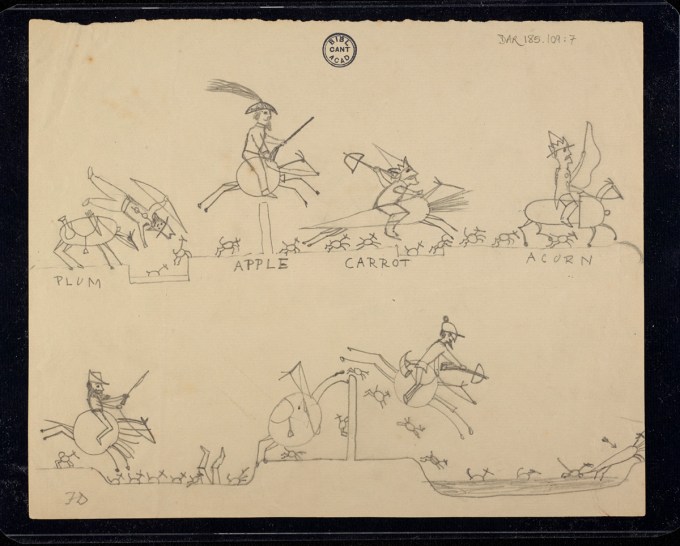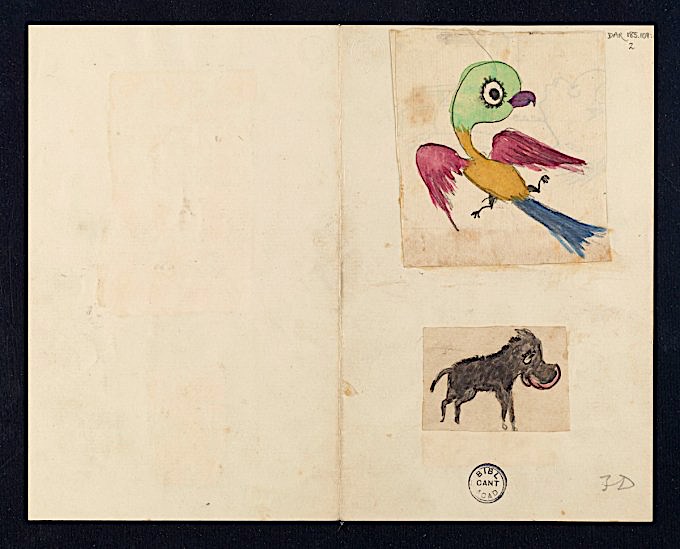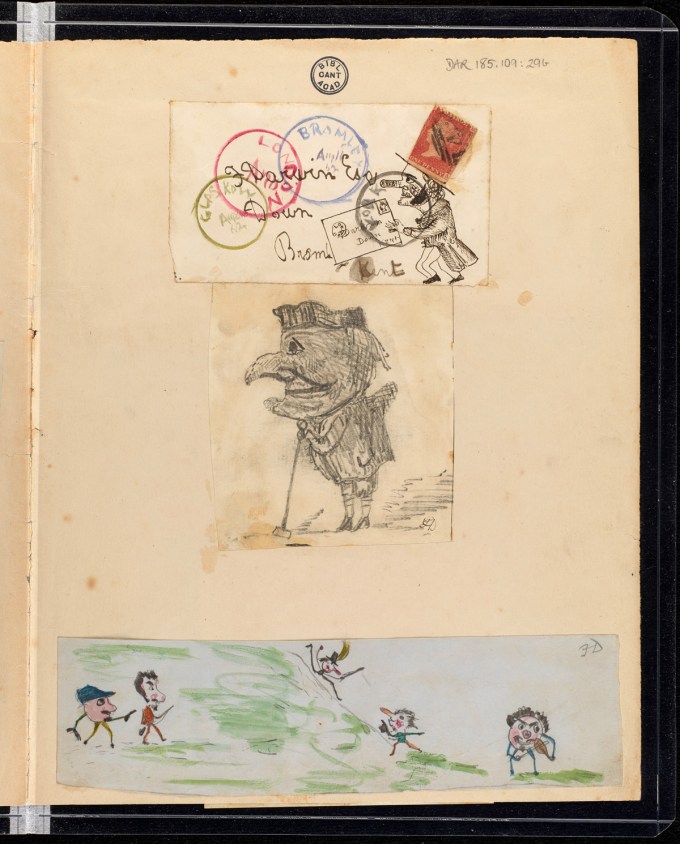The story of Vincent van Gogh’s suicide, like the removal of his ear, has been integral to his mythos for a long time, immortalized by Kirk Douglas in the final scene of Vincente Minnelli’s film Lust for Life and in the 1934 biographical novel of the same name by Irving Stone. We’ve all accepted this as brute historical fact, but, apparently, “it’s all bunk,” Gregory White Smith and Steven Naifeh wrote in a 2014 Vanity Fair article based on a decade of research for a new biography (Van Gogh: The Life).
“Though eagerly embraced by a public in love with a handful of memorable images and spellbound by the thought of an artist who would cut off his own ear,” the authors argue, “Stone’s suicide yarn was based on bad history, bad psychology, and, as a definitive new expert analysis makes clear, bad forensics.” An expert analysis, you say? Yes. the world’s biggest posthumous art star has become an unsolved mystery, the subject of a Buzzfeed video above, part a series that also includes Edgar Allan Poe, JFK, Jimmy Hoffa, and Natalie Wood.
Van Gogh’s suicide seems accepted as a fact by the Van Gogh Museum, at least according to their website, evidenced by the morbid gloom of his late letters to his brother. But Van Gogh wrote “not a word about his final days,” Smith and Naifeh point out, and he left behind no suicide note, “odd for a man who churned out letters so profligately.” A piece of writing found on him turned out to be an early draft of his last letter to Theo, which was “upbeat—even ebullient—about the future.” He had every reason to be, given the glowing success of his first show. “He had placed a large order for more paints only a few days before a bullet put a hole in his abdomen.”
The story of how the hole got there involves a then-16-year-old Paris pharmacist named René Secrétan, who cruelly bullied Van Gogh during his 1890 summer in Auvers. (He also sat for some paintings and a drawing.) His involvement explains the “studied silence” the community maintained after Van Gogh’s death. No one mentioned suicide, but no one would say much of anything else either. Secrétan became a wealthy banker and lived to see Kirk Douglas portray the eccentric artist he mocked as “Toto.” He later admitted to owning the gun that killed Van Gogh, but denied firing the shot.
The new evidence surrounding Van Gogh’s possible murder has been in the public eye for several years now, but it hasn’t made much of a dent in the Van Gogh suicide legend. Still, we must admit, that story has always made little sense. Even scholars at the Van Gogh museum privately admitted to the artist’s biographers that they had serious doubts about it. These were dismissed, they claimed, as being “too controversial.” Now that Van Gogh has become a YouTube true crime unsolved mystery, there’s no shutting the door on speculation about his untimely and tragic demise.
Related Content:
Vincent Van Gogh’s Self Portraits: Explore & Download a Collection of 17 Paintings Free Online
Vincent Van Gogh’s Favorite Books
Josh Jones is a writer and musician based in Durham, NC. Follow him at @jdmagness

























